Video of the Week:
Fertilize for a Healthy Lawn
Fruit:
Storing Apples
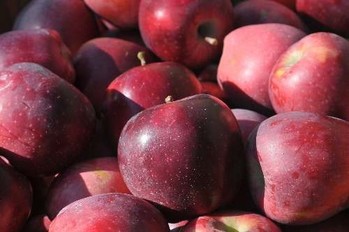
Wealthy: 60 days
Paulared: 90 days
Gala: 120 days
Jonathan: 120 days
Grimes Golden: 120 days
Golden Delicious: 150 days
Empire:150 days
Delicious: 160 days
Braeburn: 180 days
Idared: 200 days
Rome Beauty: 220 days
Winesap: 220 days
Fuji: 240 days
Granny Smith: 240 days
Arkansas Black: 240 days
The condition of the apples and how they are stored will strongly influence the storage period. Some guidelines to help assure good quality and maximum storage life of apples include:
* Store only the best quality.
* Pick as they are first maturing.
* Avoid skin breaks, disease or insect damage, and bruises on individual fruit
* Store in a plastic bag to help retain moisture in the apples. The bag should have a few small holes for air exchange. The bags of apples may be stored in boxes to prevent bruising if they must be stacked or moved from time to time.
* Refrigerate at about 35 degrees F. An extra refrigerator works well.
*Sort about every 30 to 40 days to remove fruit that may be beginning to rot. (Ward Upham)
Flowers:
Peonies with the "Measles" and Powdery Mildew
Plants infected with powdery mildew look like they have been dusted with flour. This disease is more rare in Kansas than Measles but does show up in wet, humid summers.
Sanitation is the best control for both these diseases. Remove all diseased tissue, including stems, at the end of the growing season. Actually, the foliage can be removed now with no harm to the plants as they are already essentially dormant.
Mulch that contains plant debris should also be discarded and then replaced with fresh mulch. Reducing the source of the inoculum will reduce the chances of another severe outbreak next year. (Ward Upham)
Pests:
Garden Spiders
The banded garden spider has numerous bands on both the abdomen and legs. Those on the abdomen are alternating white and dark bands. The legs have alternating black and orange bands. Both of these spiders are orb weavers that spin large webs with the typical spider web shape.
Though these garden spiders have poor eyesight, they are extremely sensitive to vibrations that pass through the web and use this sensitivity to capture their prey. Since these spiders are beneficial and harmless to humans, it is recommended that they be left alone. (Ward Upham)
Miscellaneous:
Harvesting and Roasting Sunflower Seeds
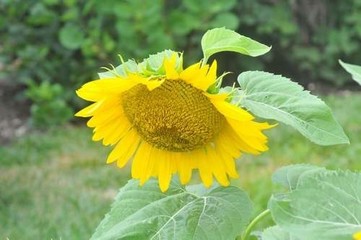
– Florets in the brown center of the flower disk should be shriveled.
– Heads should have turned down.
– The backside of the head should be lemon yellow.
The ultimate check, of course, is to pull a few seeds to see if they have turned black with white stripes, the typical color. Empty shells usually indicate a lack of pollination earlier in the year. If heads are to remain uncovered, harvest when a few seeds start turning black and white. The flavor will not be good as when seeds are allowed to ripen on the plants, but fewer seeds will be lost.
Cut the heads and place in a paper sack. Some people prefer to cut the heads with about a foot of stem attached and hang them upside down in a dry, well-ventilated area. A paper bag or cheesecloth can be placed over the heads to prevent seeds from dropping as they dry. Seeds can be easily removed from dry heads by rubbing gently.
Roasting Seeds
Raw, mature seeds may be prepared at home by covering unshelled seeds with salted water (2 quarts of water to 1/4 to 2 cup salt). Bring to a boil and simmer 2 hours, or soak in the salt solution overnight. Drain and dry on absorbent paper.
Put sunflower seeds in a shallow pan in a 300-degree F oven for 30 to 40 minutes or until golden brown, stirring occasionally. Take seeds out of the oven and add 1 teaspoon of melted butter or margarine, or cooking oil per 1 cup of seeds if they are to be eaten immediately. Stir to coat. Put on an absorbent towel. Salt to taste. (Ward Upham)
Little Barley in Lawns
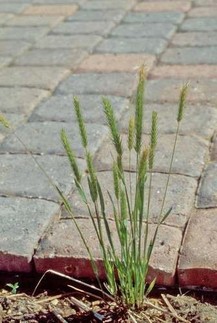
So, why are we talking about little barley now? Because now is the time to control it for next year. The best control for little barley is a thick lawn that is mowed high enough that sunlight does not hit the soil. Little barley seed will not germinate in such conditions. Overseeding now can thicken up a tall fescue lawn and prevent a little barley infestation.
However, if you do not plan to overseed, preemergence herbicides can be used to provide at least partial control of this weed. The only preemergence herbicide that I know is labeled specifically for little barley is Surflan. It is also sold under the name of Weed Impede by Monterey Lawn and Garden. Surflan can only be used on warm-season grasses (bermudagrass, buffalograss, zoysiagrass) and tall fescue grown in warm-season areas such as Kansas. However, Dimension (dithiopyr), is labeled for barley (Herodium spp.) which would include little barley and therefore can be used to keep this weed under control. Because little barley is a winter annual, apply the preemergence herbicide now and water in to activate. If overseeding, do not apply any preemergence herbicide as it will interfere with the germination of tall fescue. (Ward Upham)
Contributors: Ward Upham, Extension Associate
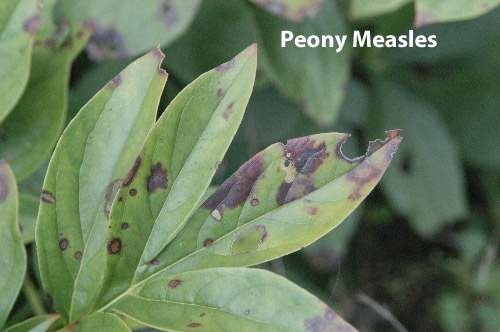
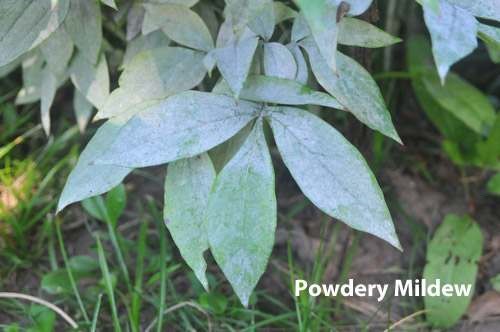
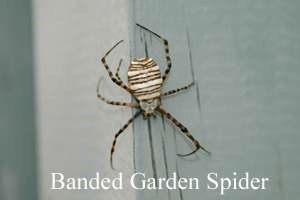
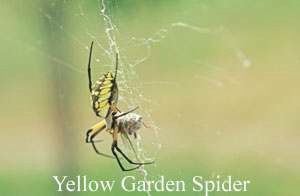
 RSS Feed
RSS Feed
